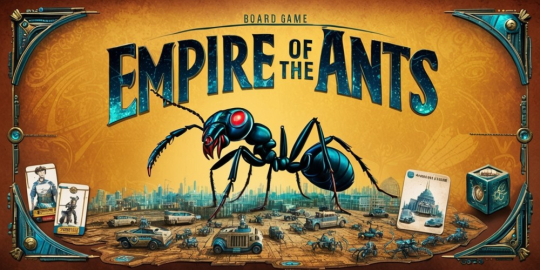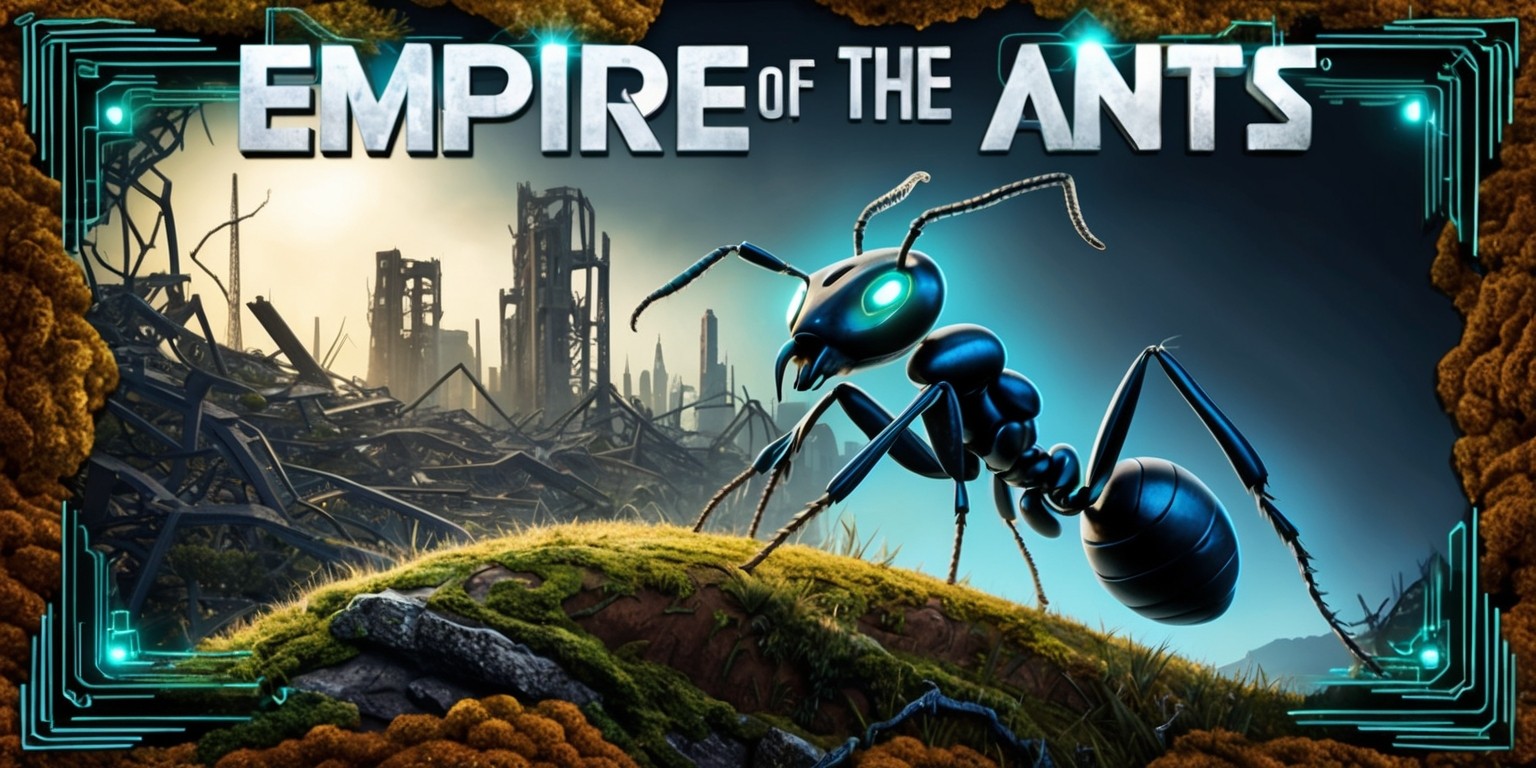
Empire of the Ants presents a striking landscape through the lens of real-time strategy, pulling players into a miniature world filled with detailed ant colonies and lush environments. While it may impress at first glance, a deeper exploration uncovers both the strengths and weaknesses that define its multiplayer mode. From resource management to unit strategy and gameplay options, this review will delve into the multifaceted elements that comprise the multiplayer experience of Empire of the Ants, providing insight for those interested in this unique approach to competitive gaming.
Visual Appeal and Immersive Design
The graphics in Empire of the Ants create an entirely convincing ecosystem. At first, players might mistake their gameplay experience for macro-lens nature footage, thanks to the game's impressive attention to detail. The textures of the forest floor invite players to explore further, but beneath this surface beauty lies the complex framework of a real-time strategy game.
Limited Unit Command
In practice, the command mechanics for ants constrain players to a mere seven units at any given time. This limitation, coupled with a somewhat awkward cycling control system, means players often feel restricted when strategizing their moves. While the visual breadth may suggest a grand-scale operation, the inherent cap on unit command brings the gameplay down to a more constrained tactical experience.
Resource Management Dynamics
Empire of the Ants balances its gameplay mechanics through a resource management system similar to classics like Company of Heroes. The two core resources—food and wood—are essential for both territorial capture and nurturing your ant army. This dynamic offers players the opportunity to turn the tides of battle using clever power-ups to boost their units' effectiveness against opponents.
Combat Mechanics and Strategy

Engagement with enemy units employs a lock-in mechanism, forcing ants into melee combat until one side gains the upper hand. This design encourages players to leverage positioning and reinforcements strategically. Anticipating enemy movements can become an essential skill as participants develop the ability to adjust their tactics based on the fly, making gameplay both interesting and competitive.
Strategic Nest Capturing
The importance of capturing and upgrading nests cannot be overstated. Each player seeks to maximize the upgrade slots available for their nests, as this directly influences the strength of their army. However, players quickly find that turtling—defensive play—does not yield a sustainable path to victory due to limited upgrade opportunities. A proactive approach becomes necessary to maintain competitiveness, especially against opponents who utilize more efficient strategies.
Disabling Opponent Advantages
Capturing a rival's nest yields significant benefits beyond just reducing their numbers; it disables any upgrades acquired there. This pivotal moment can shift the game balance and is a vital threshold for securing victory. Furthermore, the fog of war mechanic adds another layer of strategy. Players must navigate the battlefield not just with visible units but also with uncertainty about the enemy’s positioning, making information and reconnaissance crucial.
Single Faction Experience
One of the biggest drawbacks of Empire of the Ants lies in its singular faction approach. Each player’s ant army is built from a similar pool of units, such as worker ants and warriors, leading to predictable battle scenarios. This lack of diversity can become repetitive, particularly when every unit follows a simple rock-paper-scissors style engagement system, limiting unpredictable play dynamics.
Customization Limitations
Although players can customize their ant units to a degree, choosing from a selection of powers before a match limits tactical adaptability mid-game. This rigidity often leaves players feeling cornered, especially when unexpected strategies arise from opponents, making it difficult to effectively counter varying troop compositions.
Multiplayer Modes on Offer
The multiplayer mode currently features just two options: head-to-head 1v1 matches or the more chaotic 1v1v1 setup. The absence of cooperative modes against weaker AI excludes potential social dynamics that players might enjoy. Many gamers relish working alongside friends to tackle challenging missions, and the lack of this mode restricts the overall appeal of the multiplayer experience.
Map Diversity and Exploration
Empire of the Ants offers a selection of 21 maps, presenting various layouts and challenges. From navigating dense vegetation to engaging with formidable creeps like spiders and praying mantises guarding resources, the maps provide diversity and excitement. However, as players delve deeper into the gameplay, they might realize that the richness of the terrain does little to offset the limitations of unit interaction.
Animation and Visual Repetition
Even though the game initiates excitement with its vibrant animations and lively ant movements, the gameplay can quickly spiral into repetition. After witnessing a few ant confrontations, the novelty begins to wear off, leading to a sense of sameness across battles. The animations do have flair—showcasing warriors picking up foes and tossing them—but when action becomes predictable, the thrill diminishes.
Potential for Competitive Play
In spite of its shortcomings, the multiplayer mode of Empire of the Ants carries a competitive edge. Skilled players can learn to adapt and outmaneuver opponents, pushing the game to its strategic limits. As players refine their tactics and understand the intricacies of the resource system, the potential for competitive success becomes an engaging challenge.
Community and Engagement
The game's multiplayer element seeks to foster a community among its players, where strategies are discussed, and tactics are shared. The competitive nature of the gameplay encourages interaction, leading to a deeper investment in mastering not only the system but also interaction with fellow players.
Conclusion: A Mixed Offering
Overall, while Empire of the Ants dazzles with its visuals and offers a competitive multiplayer experience, it remains hampered by the limitations of unit variety and gameplay options. Those seeking a deeply intricate real-time strategy experience might find themselves underwhelmed. Nonetheless, for players who can appreciate the charm of its ant-centric world and can capitalize on the existing competitive edge, it still stands as an entertaining adventure worth exploring.


